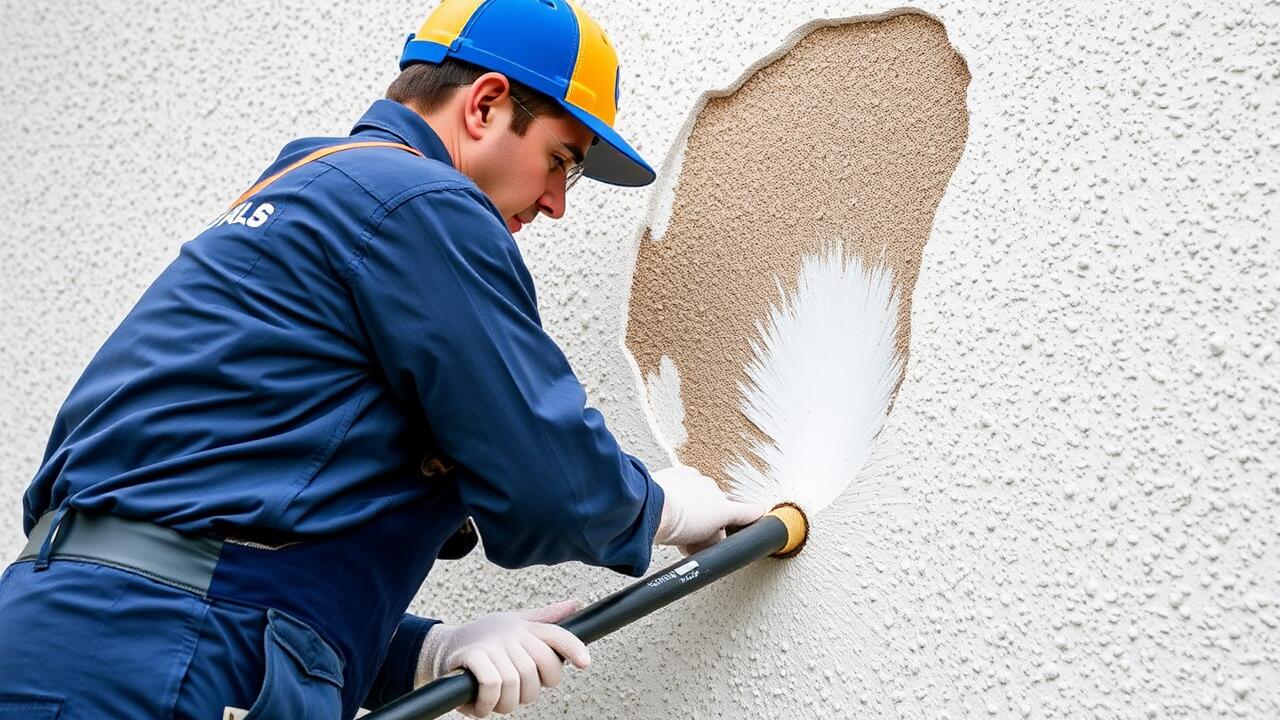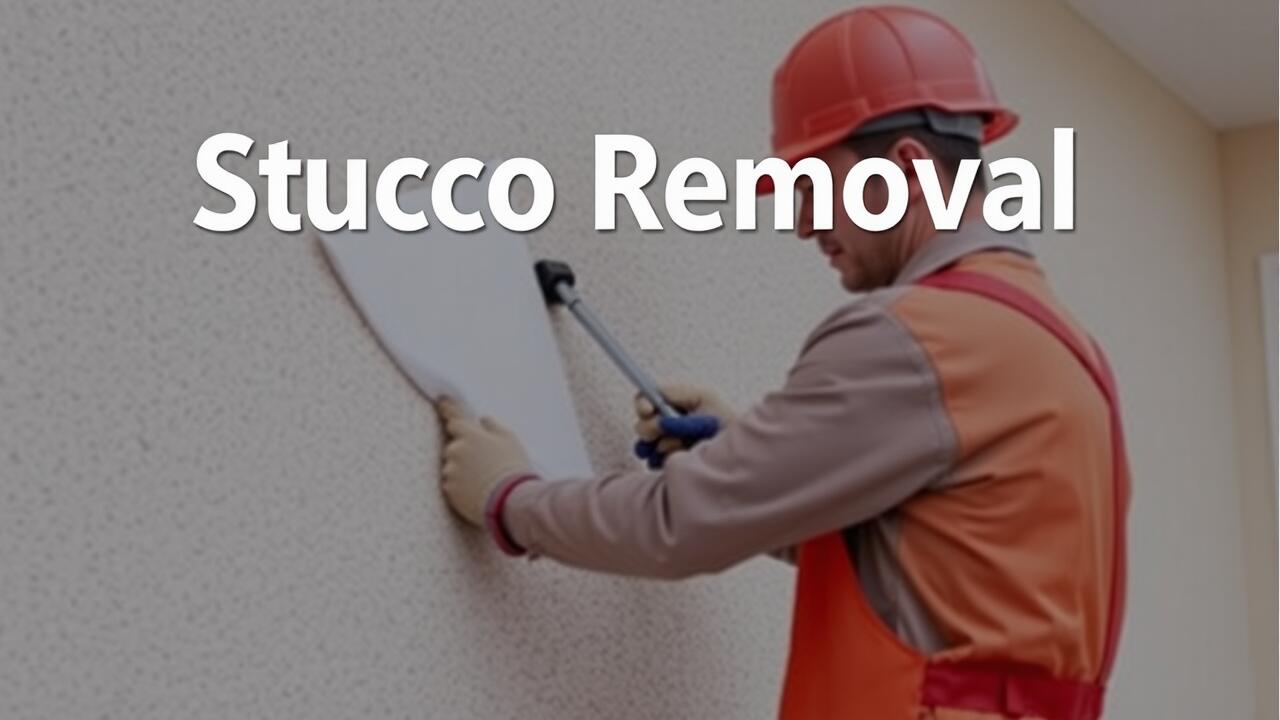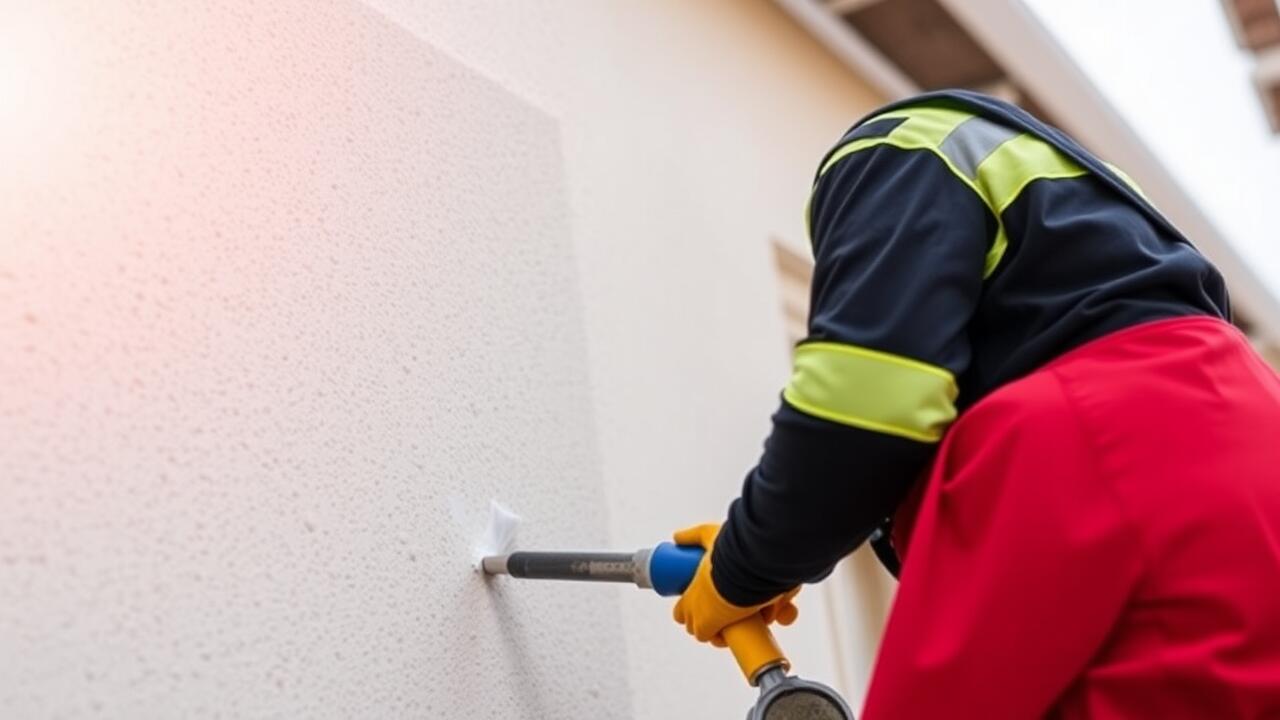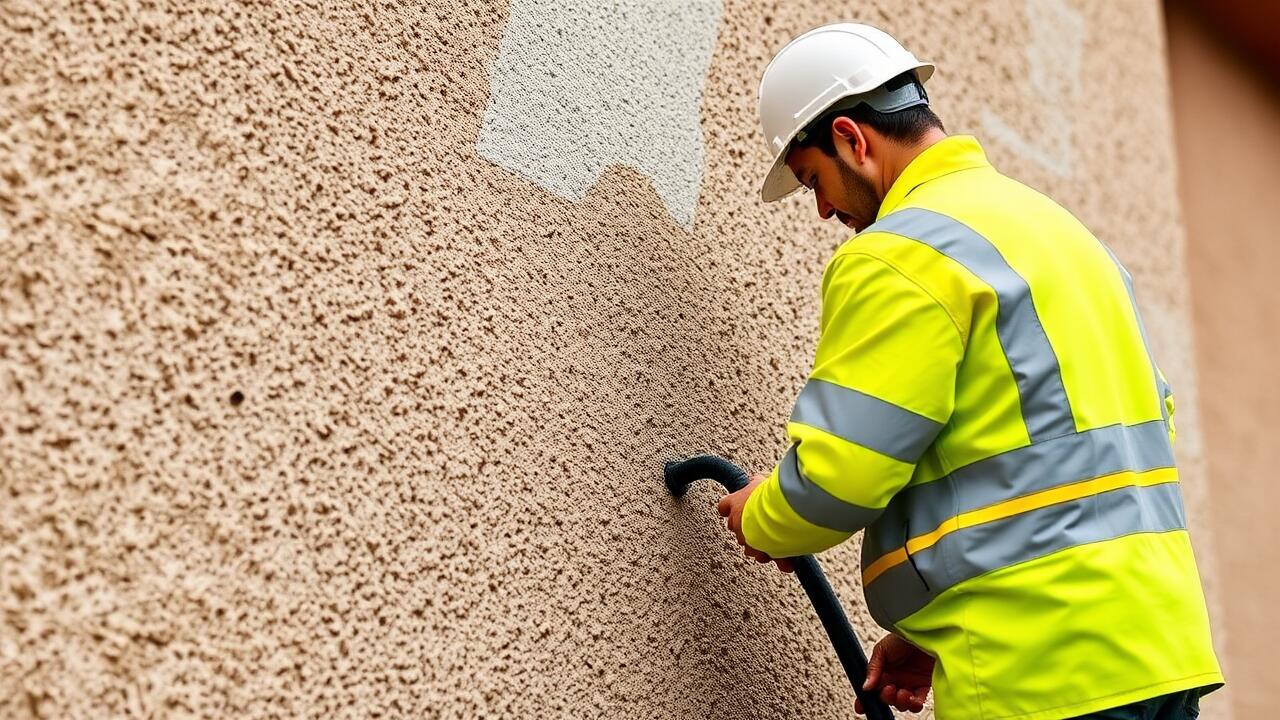
Cost Comparison
When evaluating the cost of electric versus pneumatic tools for stucco removal, it’s essential to consider both the initial investment and long-term expenses. Electric tools typically have a lower upfront cost, making them accessible for small projects or DIY enthusiasts. However, pneumatic tools may require a higher investment in equipment and air compressors, which can add to the overall cost when starting off. Stucco removal in Watts, Los Angeles, necessitates assessing these costs relative to the potential volume of work, as frequent use could justify the expense of pneumatic options.
Long-term costs also play a role in the cost comparison. Electric tools often have lower operating costs, especially considering electricity rates and maintenance requirements. Conversely, pneumatic tools, while requiring more extensive initial setup, can offer greater durability and efficiency over time if maintained properly. In high-demand areas like Watts, Los Angeles, the choice between electric and pneumatic tools can influence both immediate and future financial commitments.
Initial Investment vs. Long-Term Costs
When considering the initial investment for tools used in stucco removal in Mar Vista, Los Angeles, the price point can vary significantly between electric and pneumatic options. Electric tools typically have a lower upfront cost, making them more accessible for homeowners and small contractors. They often come as standalone units without the need for additional accessories, reducing the barrier to entry for those new to the task. Pneumatic tools, on the other hand, require an air compressor, which can add to the initial expense, along with the potential for higher quality tools that can endure heavy use.
Analyzing long-term costs shifts the focus to maintenance, energy usage, and durability. Electric tools generally have lower long-term maintenance costs due to fewer moving parts and easier repairs. However, they may consume more electricity, affecting utility expenses over time. Pneumatic tools, while costlier to set up, often provide superior performance and longevity with proper care, making them a worthwhile investment for professional contractors. Over time, the savings on repairs and replacements can balance out the initial investment, particularly in high-demand environments like stucco removal in Mar Vista, Los Angeles.
Maintenance Requirements
Electric tools generally require less maintenance compared to their pneumatic counterparts. With fewer moving parts, these tools often face fewer issues over time. Regular checks of the power supply, ensuring the cord is intact, and cleaning out dust can keep electric tools in good condition. For those involved in stucco removal in Watts, Los Angeles, the ease of maintenance can be a significant advantage, especially for contractors managing multiple jobs.
Pneumatic tools, while powerful, demand a more rigorous maintenance routine. Users need to regularly check the air compressor, hoses, and fittings for potential leaks. Proper lubrication is essential to ensure smooth operation and prevent wear and tear on the components. For professionals engaged in stucco removal in Watts, Los Angeles, understanding the upkeep required for pneumatic tools can help in planning maintenance schedules and maximizing productivity on the job site.
Upkeep for Electric vs. Pneumatic Tools
Electric tools generally require less maintenance compared to their pneumatic counterparts. With fewer moving parts, these tools often face fewer breakdowns and can be serviced easily. Regular cleaning of the tool to remove dust and debris can enhance its longevity. Users should also periodically check the electrical components for wear or damage, ensuring optimal performance during tasks such as stucco removal in Watts, Los Angeles.
Pneumatic tools, on the other hand, necessitate more attentive upkeep to operate efficiently. They rely on an air compressor, which adds another layer of maintenance. Users must regularly check air hoses for leaks and ensure that connections are clean and tight. Additionally, lubrication of moving parts is critical to prevent corrosion and maintain proper function. This level of upkeep can be more demanding, especially in high-volume jobs like stucco removal in Watts, Los Angeles.
Noise Levels and Workplace Safety
Noise levels significantly impact both user comfort and workplace safety during stucco removal tasks. Electric tools typically produce lower decibel levels compared to their pneumatic counterparts. This reduction can lead to a more pleasant working environment, allowing workers to communicate more easily without raising their voices excessively. In areas such as Watts, Los Angeles, where noise regulations may be strictly enforced, the quieter operation of electric tools makes them a favorable option for stucco removal projects.
Pneumatic tools, while often more powerful, generate higher noise levels that can contribute to hearing damage over time. Prolonged exposure to this noise can also create distractions, increasing the likelihood of accidents on the job site. For those engaged in stucco removal in Watts, Los Angeles, it becomes essential to assess both types of tools not only for performance but also for the safety and comfort of everyone involved. Proper hearing protection should always be considered when using loud tools, especially in densely populated areas.
Impact on User Comfort and Surroundings
When considering tools for Stucco Removal in Reseda, Los Angeles, noise levels play a significant role in user comfort and the surrounding environment. Pneumatic tools tend to produce high decibel levels that can cause fatigue and discomfort during extended use. In contrast, electric tools generally operate with a quieter performance, allowing users to work for longer periods without the distraction or potential hearing damage associated with louder equipment.
Vibration is another factor that affects comfort during stucco removal. Pneumatic tools often transmit more vibrations to the hands and arms, which can lead to conditions like hand-arm vibration syndrome with prolonged use. Electric tools, while still producing some vibration, usually provide a more handheld-friendly experience. This difference not only impacts user comfort but also influences how the work affects nearby pedestrians and residents in bustling neighborhoods of Los Angeles.
FAQS
What are the main differences between electric and pneumatic tools for stucco removal?
Electric tools use electricity to operate, making them more portable and easier to use without additional equipment, while pneumatic tools rely on compressed air, often providing more power but requiring an air compressor and hoses.
Which type of tool is more cost-effective for stucco removal in the long run?
While electric tools may have a lower initial investment, pneumatic tools can be more cost-effective in the long run due to their durability and efficiency, especially for larger projects.
What are the maintenance requirements for electric and pneumatic tools?
Electric tools generally require less maintenance, needing occasional checks for wear and tear. Pneumatic tools, on the other hand, require regular maintenance of the air compressor and hoses, as well as lubrication to ensure optimal performance.
How do noise levels differ between electric and pneumatic tools?
Electric tools tend to be quieter than pneumatic tools, which can produce significant noise due to the operation of the air compressor. This can impact user comfort and the surrounding environment during stucco removal projects.
Which type of tool is safer to use for stucco removal?
Both types of tools have safety considerations. Electric tools may present electrical hazards, while pneumatic tools can pose risks related to high-pressure air. Proper safety precautions, such as wearing protective gear and following manufacturer guidelines, are essential for both.


